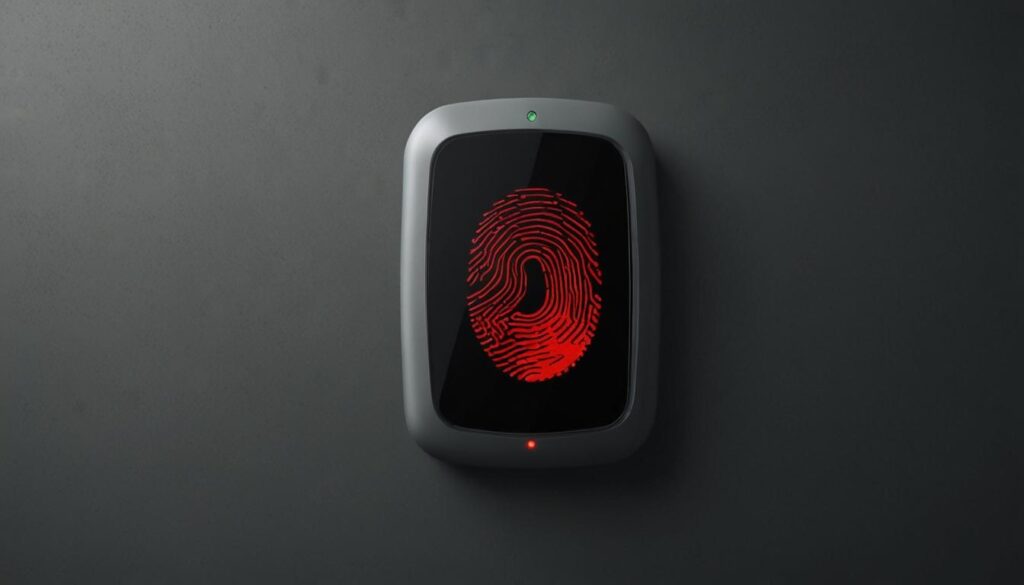Institutions are increasingly turning to advanced biometric and behavioural analytics for fraud prevention, but must also navigate ethical and privacy challenges. With the rise of live facial verification and behavioural biometrics, maintaining a balance between security measures and user privacy is crucial.
Biometric and behavioral analytics are increasingly reshaping fraud prevention strategies as institutions adopt these advanced technologies. Key innovations include live facial verification, a sophisticated method comparing live captures with pre-verified images to authenticate identities, making it a robust measure against identity theft. Alongside this, behavioral biometrics, analyzing user behavior patterns such as typing speed and navigation habits, flag anomalies for potential fraud without intrusive user experience disruptions.
However, the integration of these advancements brings ethical and privacy challenges. Institutions must manage biometric data securely, ensuring encryption and transparency regarding collection and usage. Explicit user consent is essential, making institutions responsible for informing users about data handling and access protocols.
Behavioral biometrics also prompt ethical considerations, requiring a balance between effective security measures and respecting user privacy. Excessive monitoring could be seen as intrusive, so institutions need careful monitoring procedures.
Adapting to fraud trends and complying with evolving regulations remain crucial. Investing in AI and machine learning technologies can enhance fraud detection efficiency, minimize false positives, and help institutions stay ahead in fraud prevention while protecting consumer privacy and maintaining trust.










